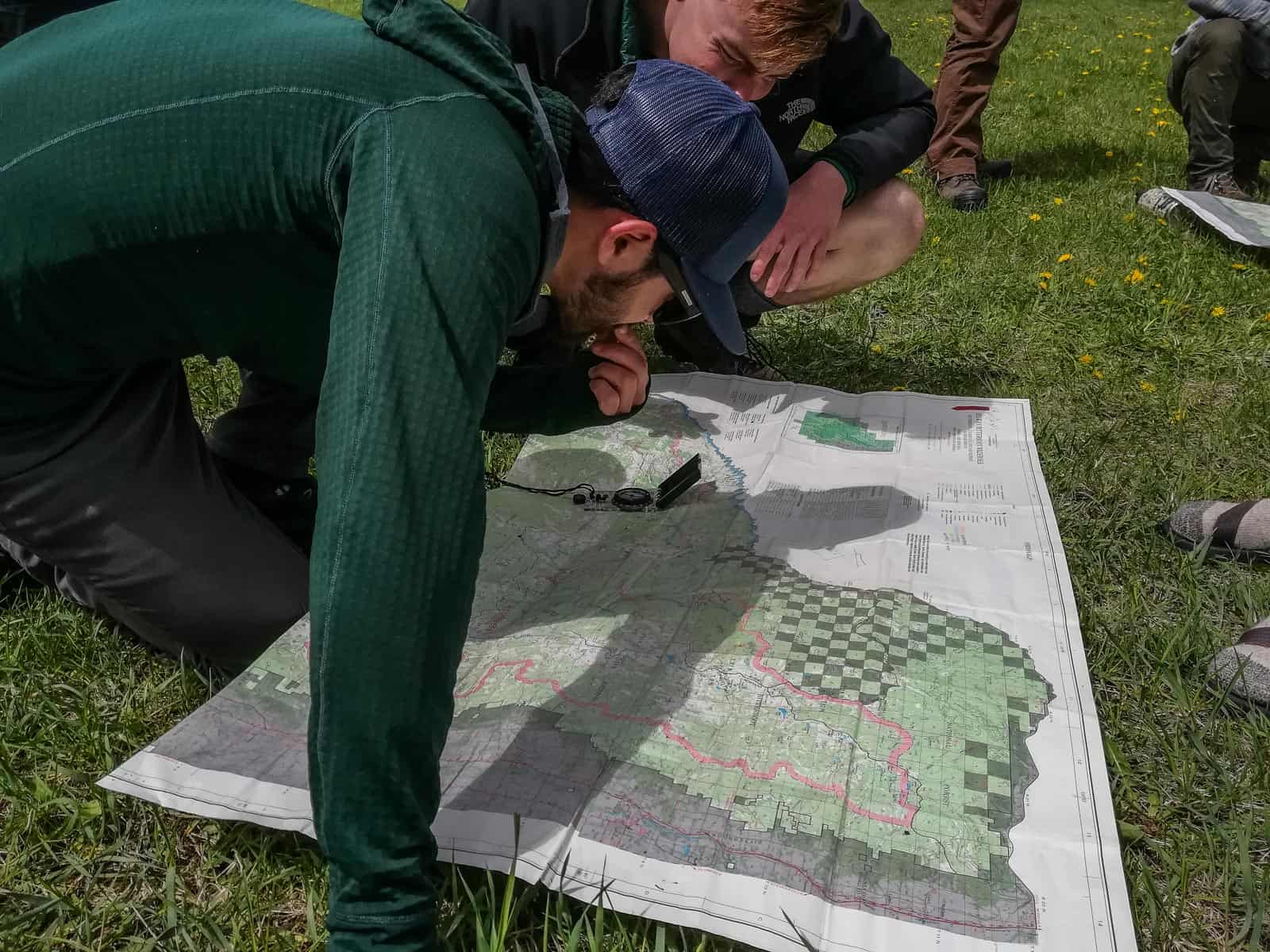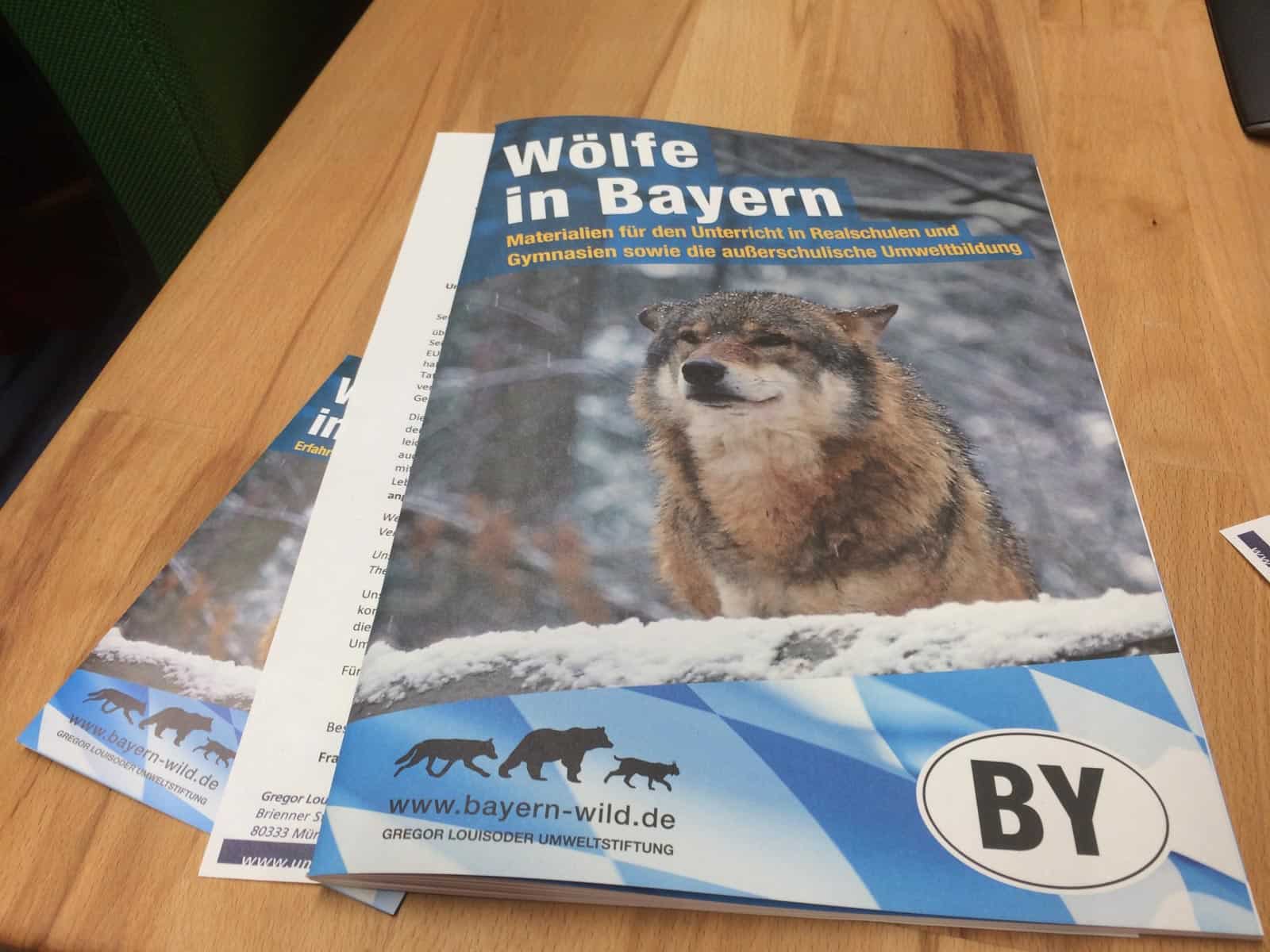Wilderness Internship in the Bitterroot Wilderness, USA
What does a Wilderness Ranger do?
Our colleague Verena Gruber is currently a Wilderness Ranger Intern with the Selway Bitterroot Frank Church Foundation in the Selway-Bitterroot Wilderness in Montana and Idaho, USA. During her first weeks there she attended numerous trainings as well as the Northern Rockies Wilderness Skills Institute.
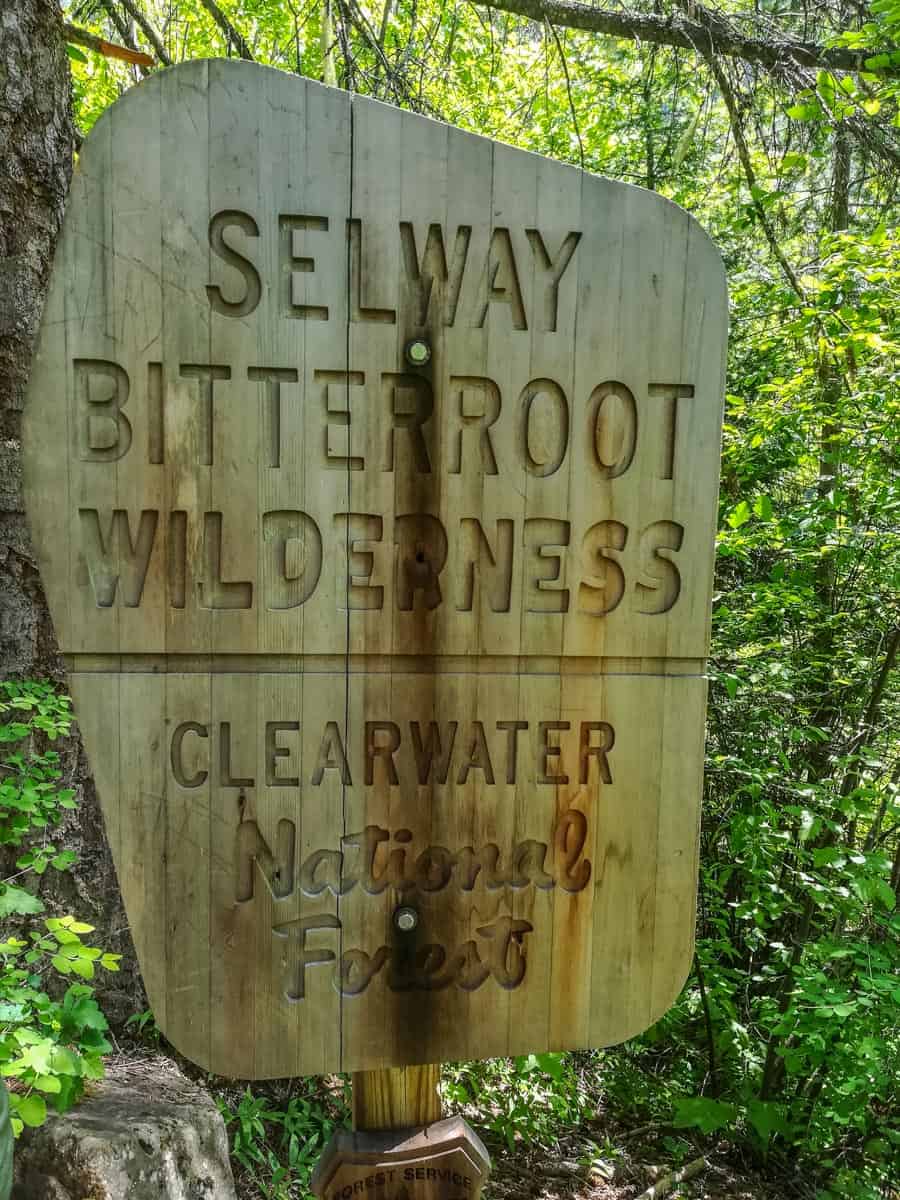
Please also read: Wilderness Conference in Durrenstein Wilderness
What are the tasks of a Wilderness Ranger Intern?
The Selway-Bitterroot Frank Church Foundation connects the surrounding communities through Wilderness Stewardship bringing people into Wilderness to work, live and play. An important task of the foundation is the support of the managing federal agencies, in this case the Forest Service, to steward the Selway-Bitterroot and Frank Church-River of No Return Wilderness across Idaho and Montana.
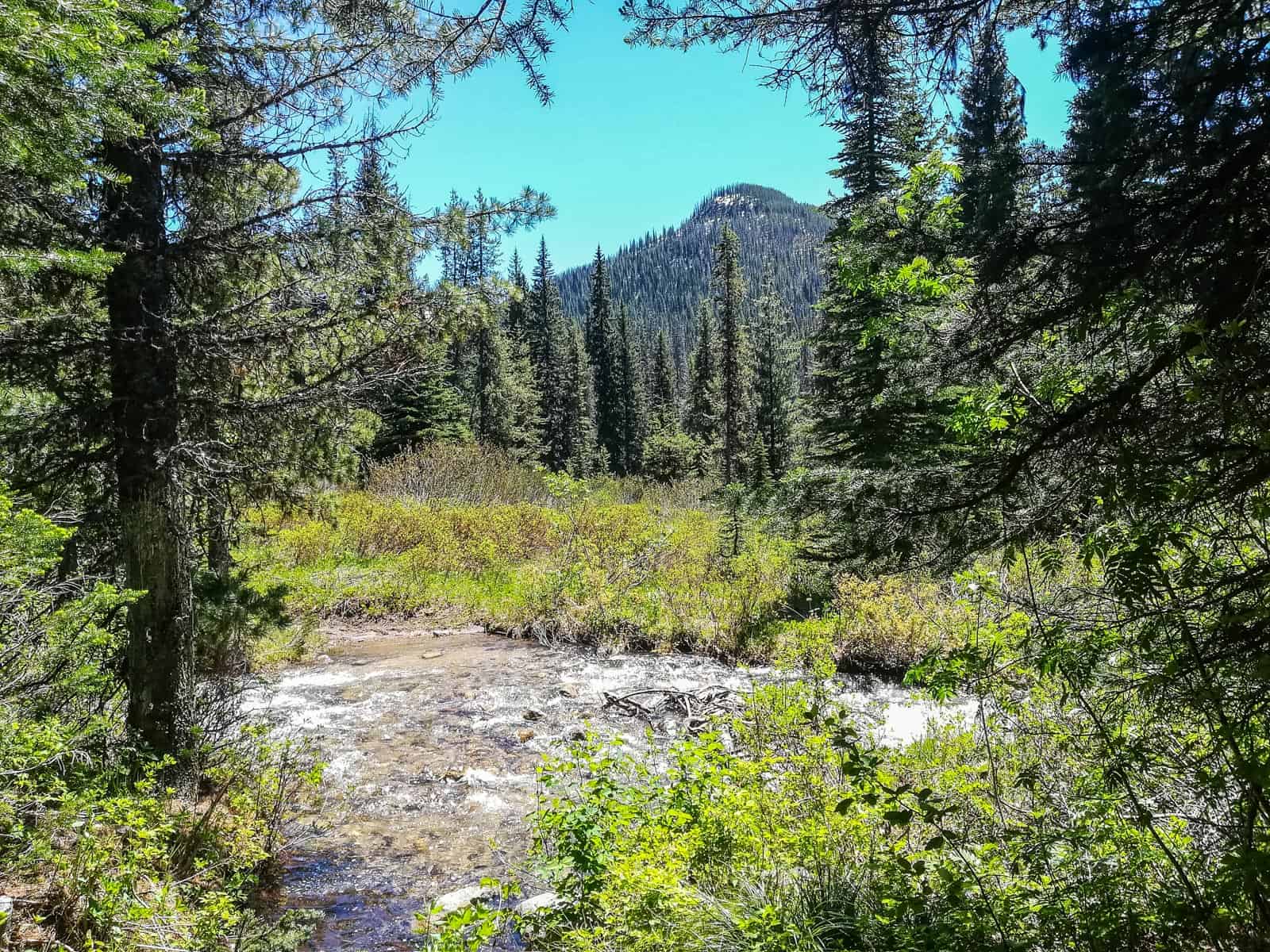
A Selway Bitterroot Frank Church Foundation Wilderness Ranger Intern supports Forest Service Wilderness Rangers in their everyday tasks when being on a hitch, a multi-day trip, in the Wilderness. The crews patrol the Wilderness, maintain and restore trails and perform campsite and solitude monitoring. Personal contact with visitors as well as educating them, for example about proper Leave No Trace practices, are also important parts of the work of Wilderness Ranger Interns.
Please also read: https://Wilderness-society.org/Wilderness-ranger-academy-2018-in-new-mexico/
Hands-on trainings in a historical setting
The Wilderness Ranger Internship started with nearly 4 weeks of training. Main topics where the theoretical and practical foundations of Wilderness Stewardship practices. The first two weeks of training took place in the historical Powell Ranger Station at the edge of the Selway-Bitterroot Wilderness in Idaho. The station is located on one of the campsites used by the Lewis and Clark Expedition in 1805.
A theoretical and practical introduction to trail maintenance and building was the major topic of the first week. The interns learned the correct safe handling of the different primitive tools used for trail work, such as cross-cut saws, axes, pulaskis, pick mattocks and shovels. One day of the training dealt with working with pack stock, horses and mules.

Northern Rockies Wilderness Skills Institute
The Northern Rockies Wilderness Skills Institute formed the second week of training for the interns. This 5-day skills institute is the Northern Rockies counterpart of the Wilderness Ranger Academy of Region 2 and 3. The Institute was organised by Region 1 of the Forest Service and several partner organisations, such as the Selway-Bitterroot Frank Church Foundation and the Montana Conservation Corps. The partner organisations support the Forest Service with the implementation of their Wilderness Stewardship in the field. This particularly means with the maintenance of trails and monitoring work.
Participants were able to choose from several courses, such as Introduction to Wilderness Stewardship, Advanced Wilderness Stewardship, Advanced Crosscut Saw – C-Level, Defensive Horsemanship, Wilderness First Aid or Trails. The Wilderness Ranger Interns dove deep into Wilderness Stewardship and learned more about the history of the Wilderness Act, the cornerstones of Wilderness Stewardship and the qualities of Wilderness. Other lessons dealt with Orienteering, hitch preparation, basic backcountry skills, such as knots, bear safety and Leave No Trace. Lectures about Wilderness Values, Wilderness Fire Management and Minimum Requirement Analysis offered an insight to the complex work of Wilderness stewards. Topics like Campsite and Solitude Monitoring were taught in field lessons. Public Interactions with visitors according to the system of Authority of the Resource were practiced within groups with the help of scenarios.
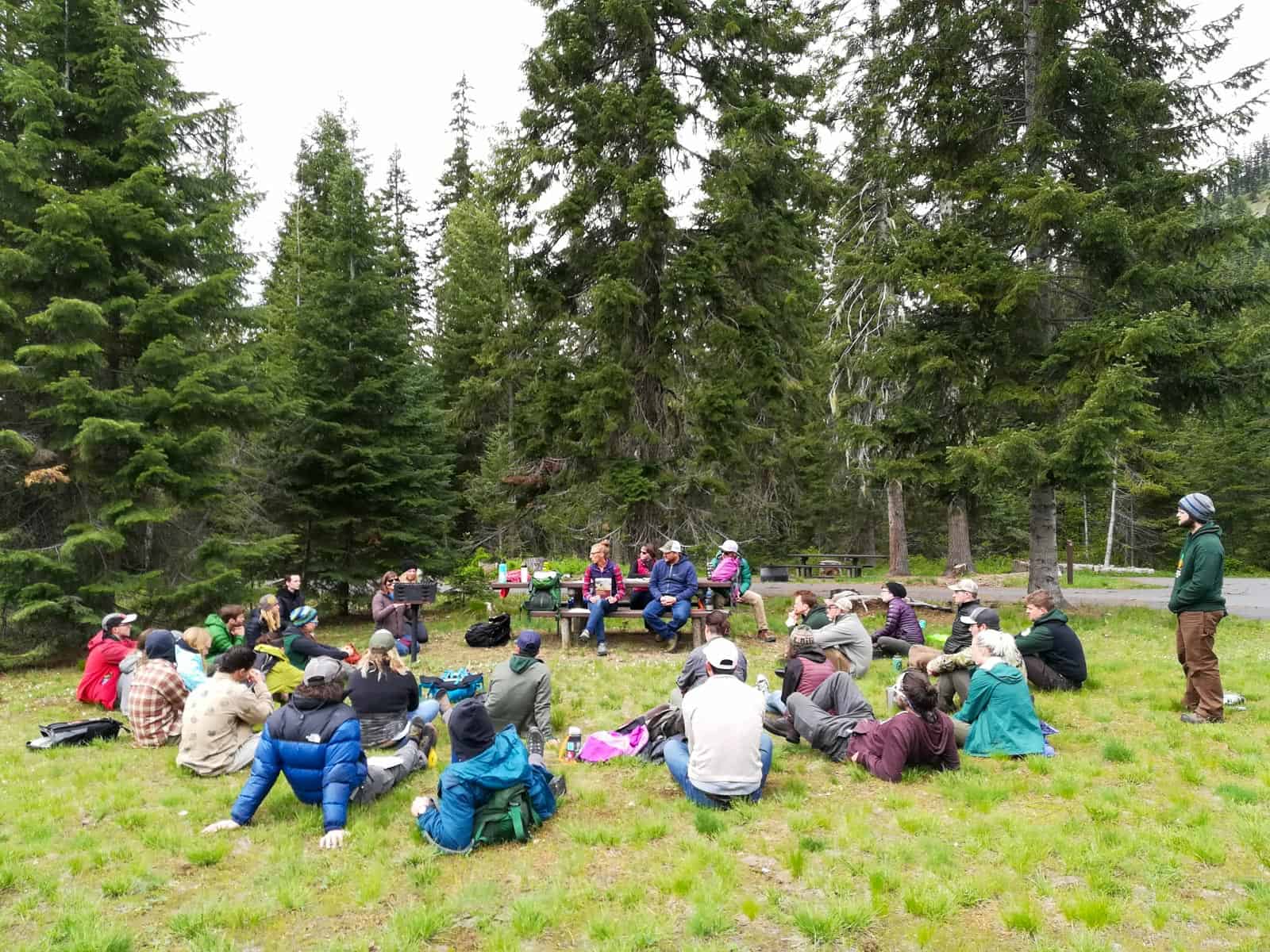
Our colleague’s presentation of the European Wilderness Society and the similarities and differences between the American and European Wilderness concept opened up interesting discussions for the last evening. In the course of this summer, our colleague will be able to experience the implementations of these similarities and differences first hand.
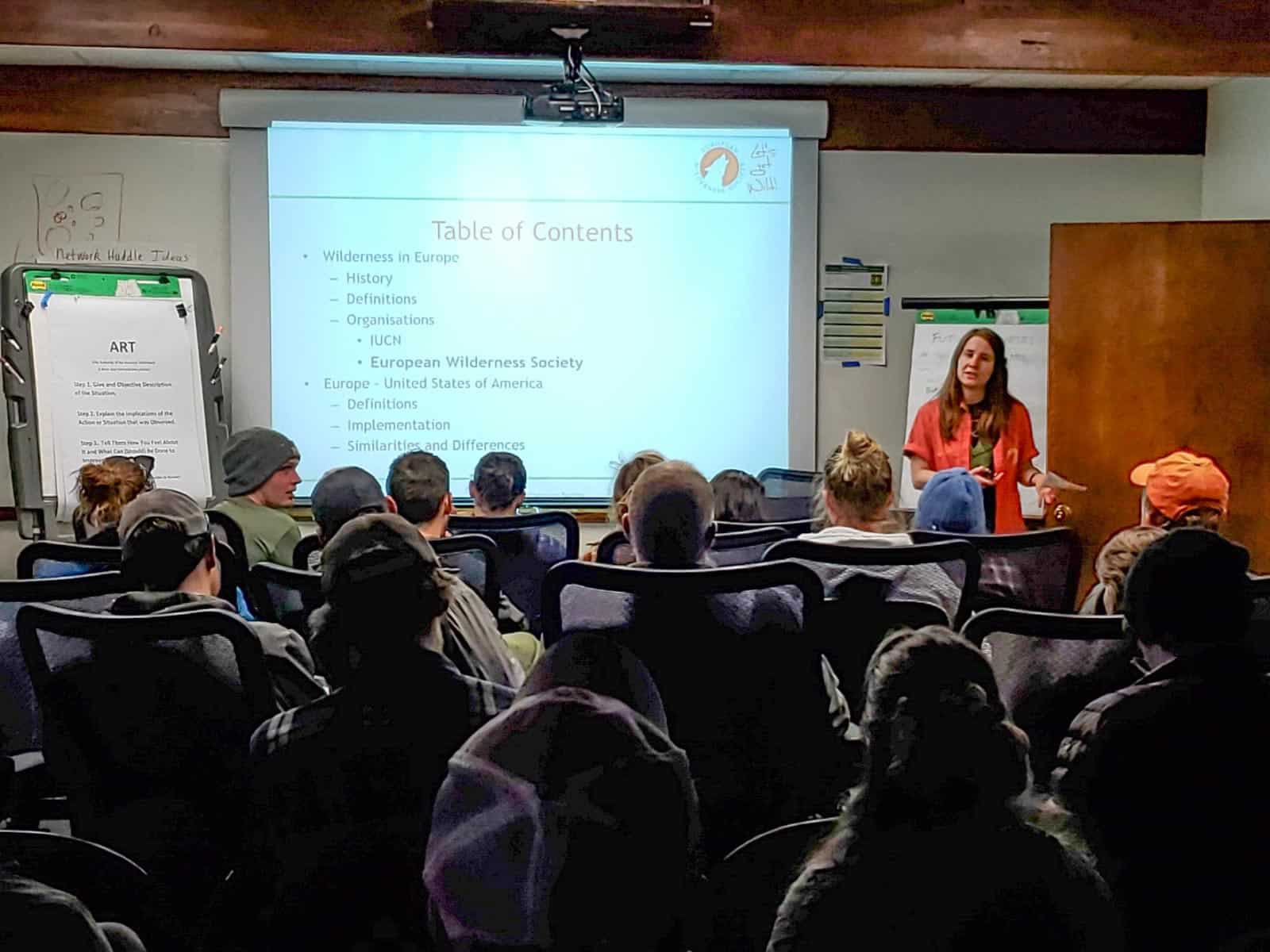
A first look into the work of a Wilderness Ranger
The 3rd week of training dealt with tool maintenance and an introduction to local invasive species and their correct handling. The majority of the Wilderness Ranger Interns then went through a Wilderness First Responder course. The rest went on their first hitch and spent 4 nights in the Wilderness.
What’s up next?
The 9 Wilderness Ranger Interns will be split up in three groups and start their first 10-day hitch in the coming days. The main tasks will be to clear trails from fallen trees and to determine other potential repair work that has to be done on trails. Monitoring campsites in the Wilderness will also be done by some crews. Our colleague will be roaming the Bitterroot mountains of the Selway-Bitterroot Wilderness with two other interns and one Forest Service Wilderness Ranger.
